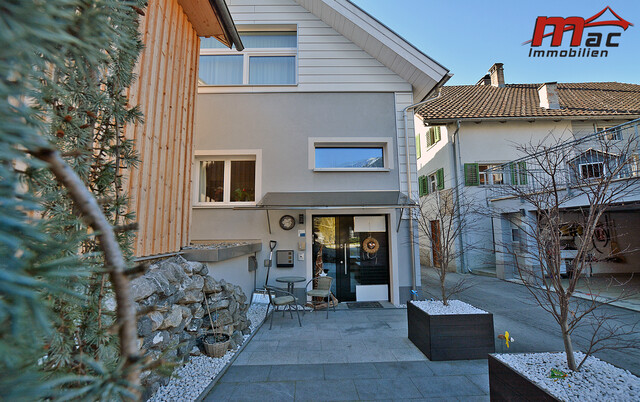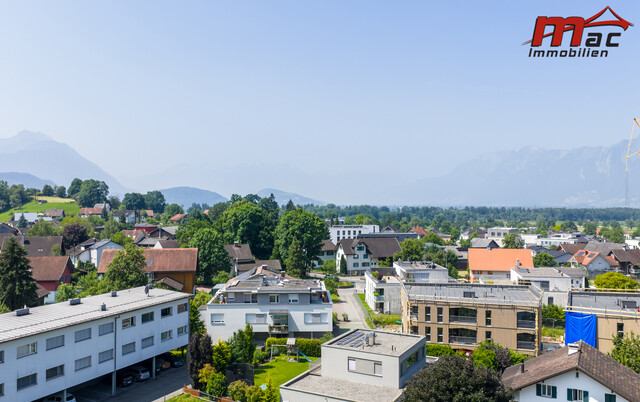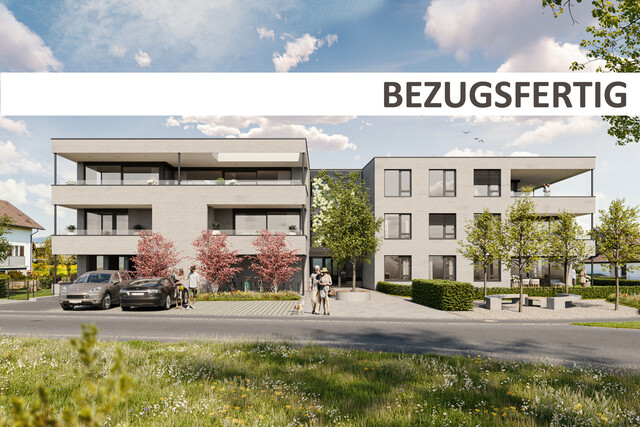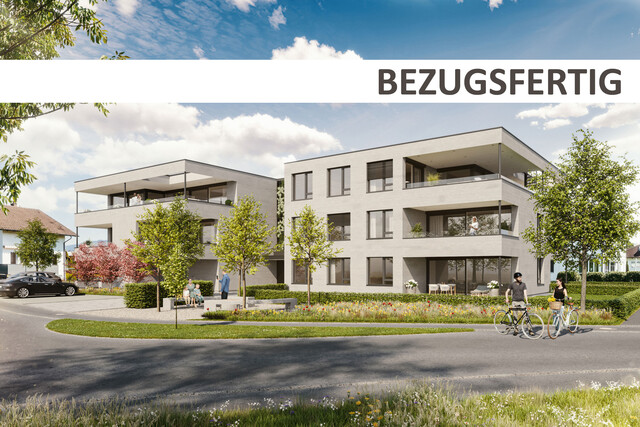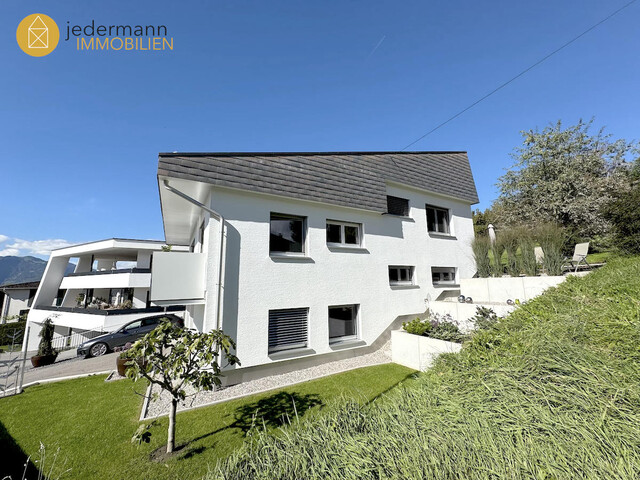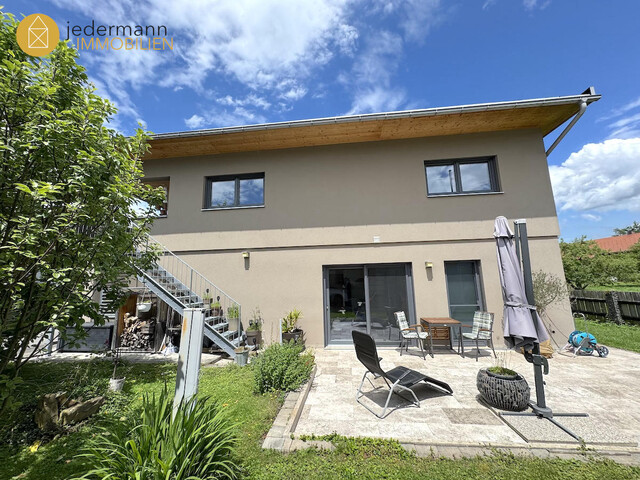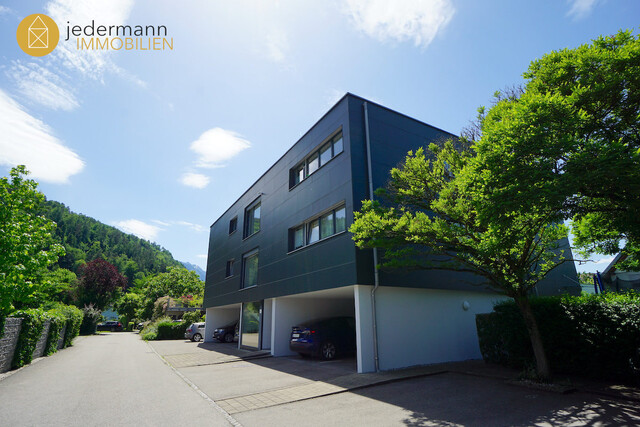Vienna Museum Dedicates Its Own Exhibition to Meat
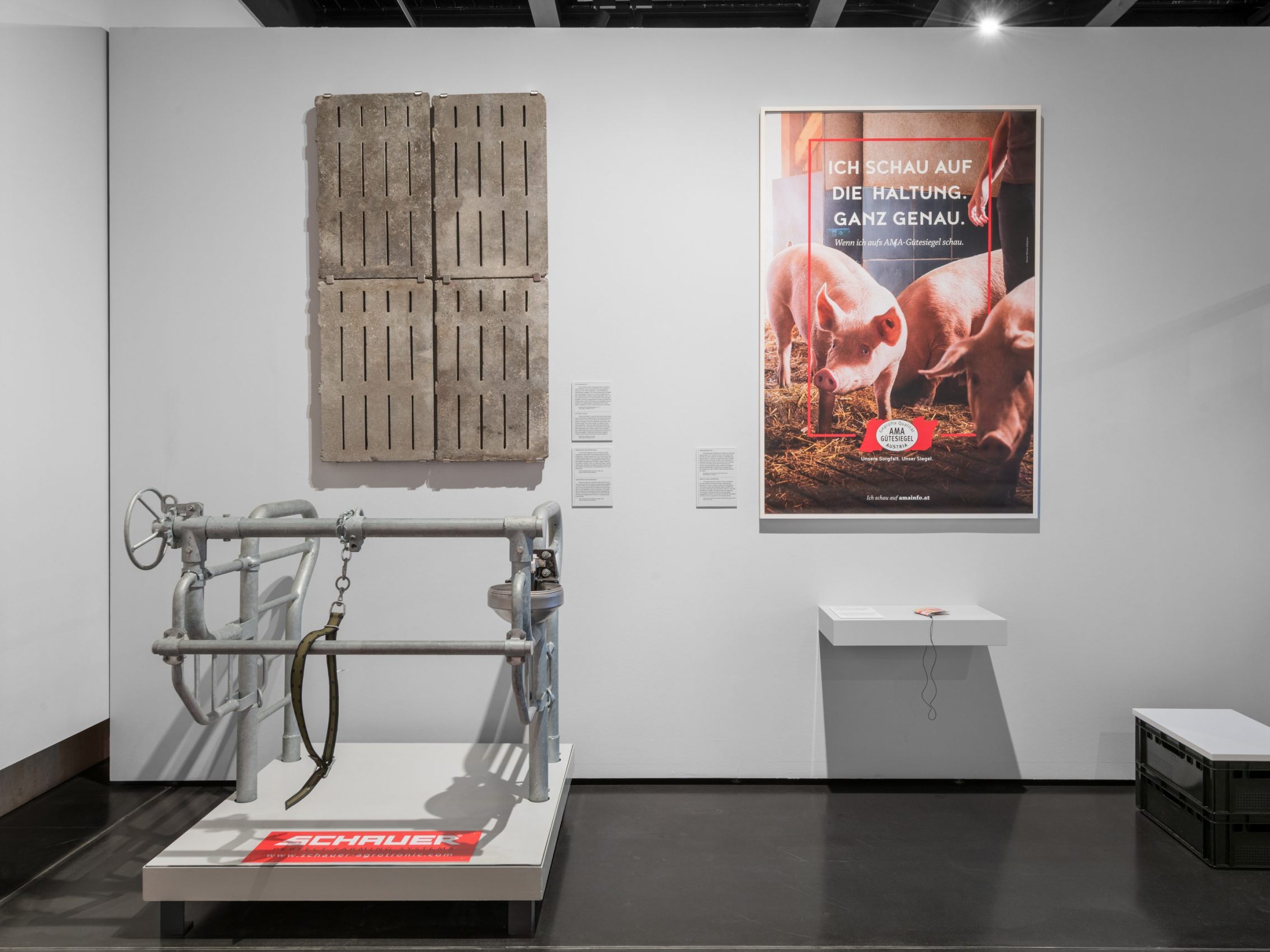
It is food, a status symbol, and a cause for sometimes heated discussions - now the Vienna Museum is also focusing on the controversial product: The exhibition "Meat" traces the history of eating cattle, pigs, horses, or poultry. It describes the journey from stable to plate, as well as changes in consumption behavior and the cityscape. Because the large slaughterhouses no longer exist, and butcher shops are becoming fewer.
From Stable to Plate: The Vienna Museum Serves "Meat"
Vienna was an important trading hub for cattle, as the exhibition reveals. This means that more meat was consumed here than in other cities. However, broader sections of the population were largely excluded. Meat was a luxury and a status symbol. This changed in the 19th century with mass production.
The exhibition shows how the meat industry ensured that animals were pushed out of the city and out of sight. Herds were no longer driven through the city. Instead, large cattle halls on the outskirts were the final stop. Well-known is the one in St. Marx, which still exists today and is now used as an event location. The large meat hall on Landstraßer Hauptstraße, however, is now history.
Warning at the Entrance
For those who do not want to see how schnitzel, sausage, and the like are produced, a visit to the special exhibition might be challenging. Because in the exhibition, what has been literally suppressed becomes visible again. Not only photos from the slaughterhouses are presented, but also the corresponding tools - sharp, large knives or axes - can be seen. Even a blindfold for cows, intended to make the stressful situation more bearable for the animals, can be found there.
As a forewarning, there is a notice at the entrance. It states that objects, images, and film material showing the keeping, slaughtering, and dismembering of animals will be displayed. More tolerable are those parts of the exhibition that focus on sales, preparation, or advertising. It is noted, for example, that meat consumption experienced a significant boom during the economic upswing after World War II.
However, a disappearance occurred simultaneously here as well: Purchases were increasingly made in supermarkets, which slowly but surely made butcher shops a rare species. The trend apparently was not stopped: For instance, there is a relatively recent publication from 2012 dedicated to Viennese butcher shops. About half of the businesses presented there no longer exist, as noted in the accompanying text.
Animal Welfare an Early Topic
The exhibition does not aim to say that meat should not be eaten, emphasized the director of the Vienna Museum, Matti Bunzl, in a joint press conference with City Councillor for Culture Veronica Kaup-Hasler (SPÖ) and the curatorial team Sarah Pichlkastner and Jakob Lehne. Rather, a space for projection on how to deal with the topic should be created. The fact that the trend towards animal welfare and vegetarianism is by no means a new phenomenon is also demonstrated in the special exhibition. The first vegetarian restaurant in Vienna existed as early as the 1870s.
Current discussions on animal husbandry are also addressed - for example, a part of a fully slatted floor is exhibited - as well as possible impacts of meat production on health and the environment. The topic of alternative foods and meat substitutes is also explored, not only theoretically. The restaurant in the Vienna Museum is adding a corresponding selection of meatless dishes to its menu in conjunction with the exhibition.
"40 dag of Meat" is also available for purchase in the museum shop. This is the title of the catalog appearing with the exhibition - to which the weight specification refers.
(APA/Red)
This article has been automatically translated, read the original article here.
Du hast einen Hinweis für uns? Oder einen Insider-Tipp, was bei dir in der Gegend gerade passiert? Dann melde dich bei uns, damit wir darüber berichten können.
Wir gehen allen Hinweisen nach, die wir erhalten. Und damit wir schon einen Vorgeschmack und einen guten Überblick bekommen, freuen wir uns über Fotos, Videos oder Texte. Einfach das Formular unten ausfüllen und schon landet dein Tipp bei uns in der Redaktion.
Alternativ kannst du uns direkt über WhatsApp kontaktieren: Zum WhatsApp Chat
Herzlichen Dank für deine Zusendung.
